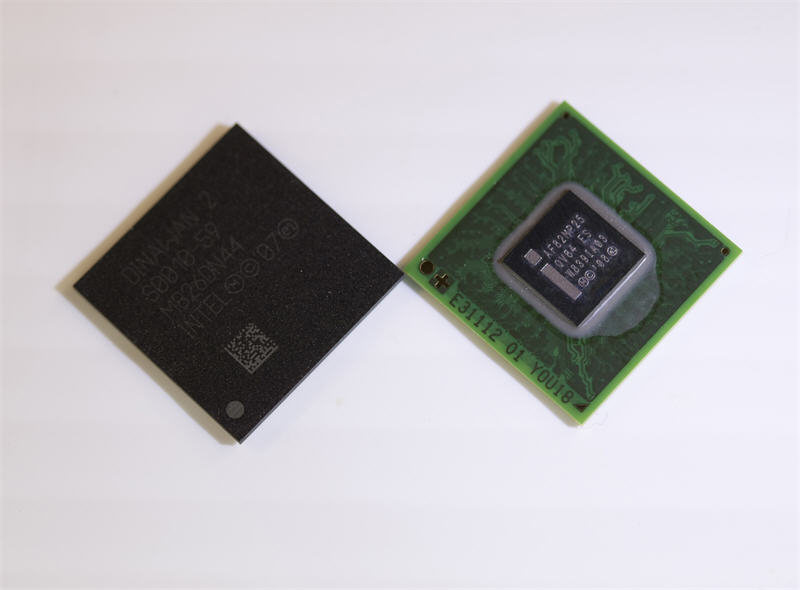Intel has revealed its latest Atom processor platform, formerly code-named ‘Moorestown’ that it will target at the rapidly growing smartphone, tablet PC and other net-connected mobile product markets.
The chips bring Intel’s classic product strengths – outstanding performance to run a comprehensive and growing number of rich media and internet applications, a choice of software, and the ability to easily multitask – across a number of applications, including HD video and multi-point videoconferencing.
In recent weeks, Intel demonstrated Android running on its Atom processor platform, for example.
“Intel has delivered its first product that is opening the door for Intel Architecture (IA) in the smartphone market segment,” said Anand Chandrasekher, Intel senior vice-president and general manager of the Ultra Mobility Group.
IA benefits
“Through ‘Moorestown,’ Intel is scaling the benefits of IA while significantly reducing the power, cost and footprint to better address handheld market segments. As a result of our efforts, the Intel Atom processor is pushing the boundaries of higher performance at significantly lower power to show what’s possible as handheld devices become small, powerful mobile computers,” Chandrasekher said.
The platform includes the Intel Atom Processor Z6xx Series Family (formerly ‘Lincroft’ system-on-chip), the Intel Platform Controller Hub MP20 (formerly ‘Langwell’) and a dedicated Mixed Signal IC (MSIC), formerly ‘Briertown.’
The platform has been repartitioned to include the Intel Atom Processor Z6xx, which combines the 45nm Intel Atom processor core with 3-D graphics, video encode and decode, as well as memory and display controllers into a single SoC design.
It also includes the MP20 Platform Controller Hub which supports a range of system-level functions and I/O blocks. Additionally, a dedicated MSIC integrates power delivery and battery charging, and consolidates a range of analog and digital components.
Collectively these new chips deliver significantly lower power including >50x reduction in idle power, >20x reduction in audio power, and 2-3x reductions across browsing and video scenarios – all at the platform level when compared to Intel’s previous-generation product.
These power savings translate into >10 days of standby, up to two days of audio playback and four to five hours of browsing and video battery life. When combined with 1.5-3x higher compute performance, 2-4x richer graphics, >4x higher JavaScript performance, and support for full HD 1,080p high-profile video decoding and 720p HD video recording, these low-power innovations bring a rich, PC-like visual experience to powerful handheld computers.
By John Kennedy
Photos: A new Atom-powered handheld (above) and (below) the new Moorestown Atom processor
